Most lawn and garden experts agree that you should apply a pre-emergent herbicide in late winter, early spring, and in late fall. Texas weather is warmer in February than most other states in the US, and our temperatures vary dramatically in winter making it a challenge to get control of our spring weeds. However, controlling weeds is essential to any lawn care program so I will give you the information you need to get a jump on your weeds.
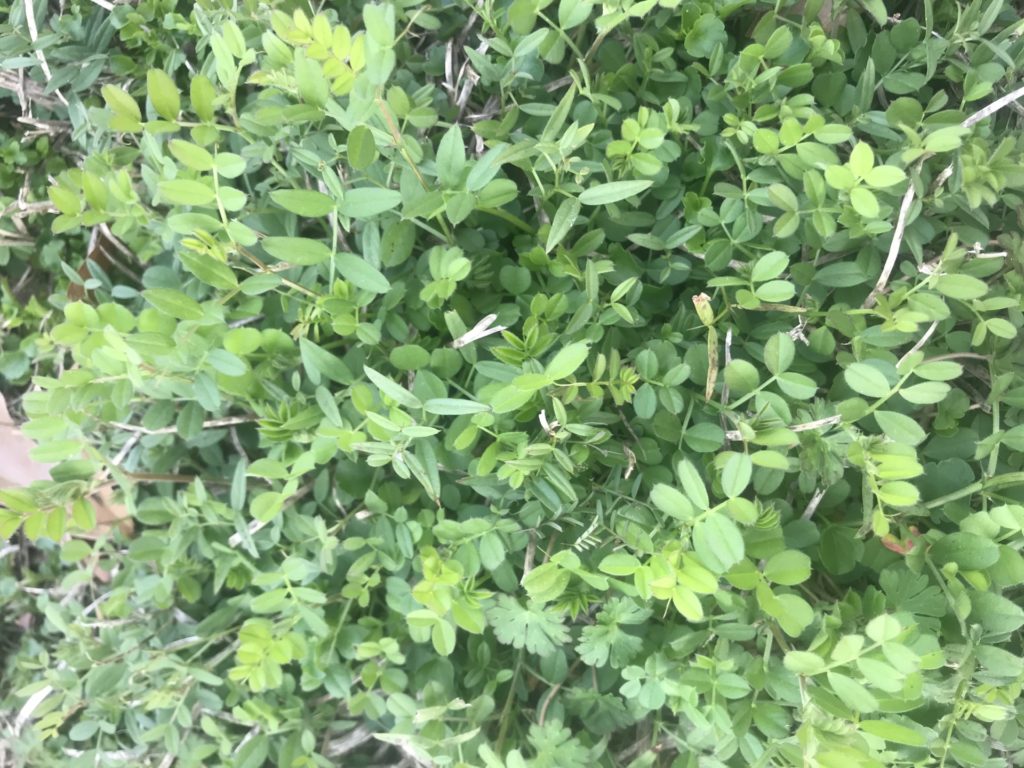
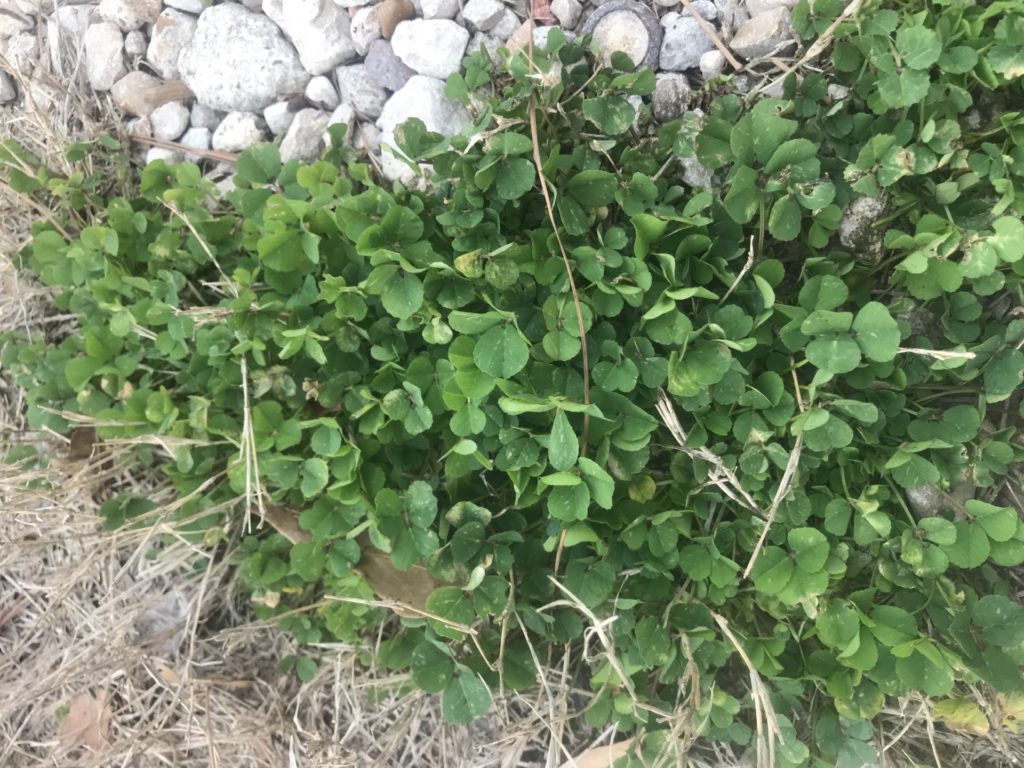
Clover 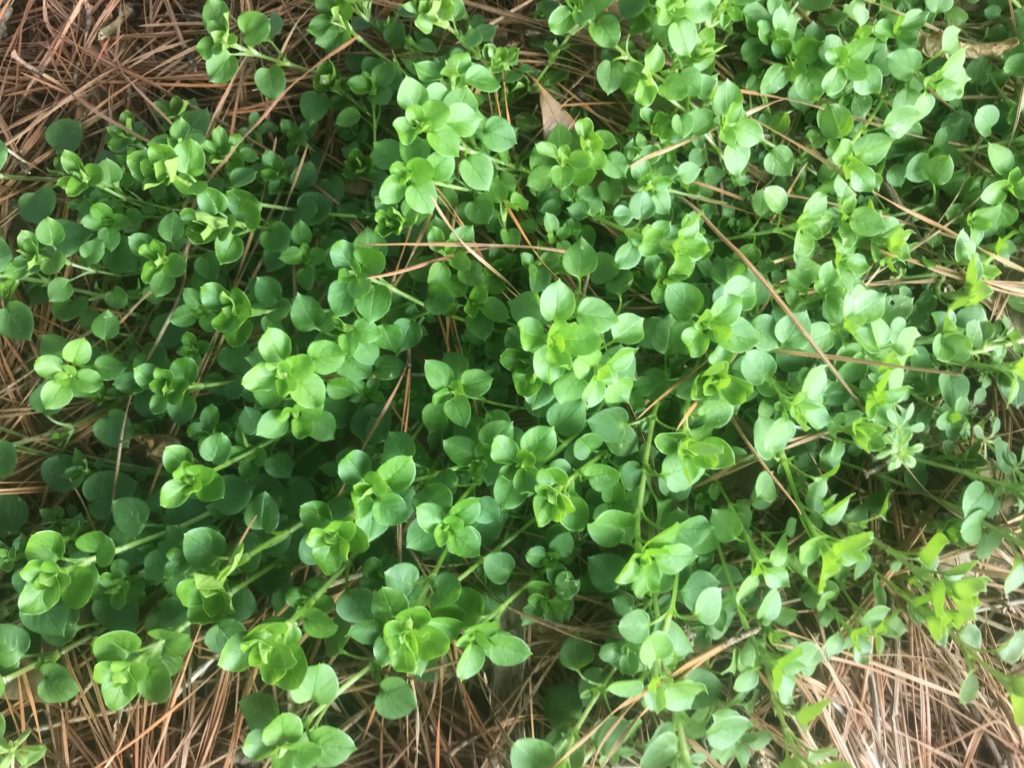
Chickweed 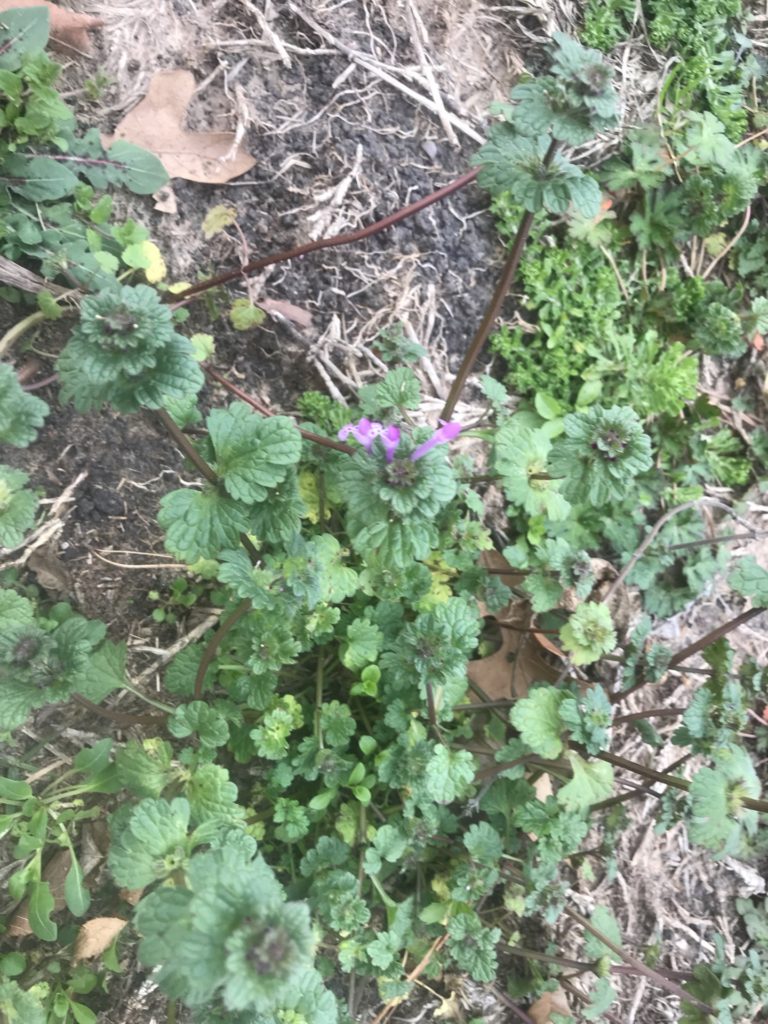
Henbit
All weeds have a survival strategy and cannot be eliminated entirely because they have different life cycles and methods of reproduction. Seeds can lay dormant for years before they germinate, surviving drought, fire, and herbicide applications. Even if you were to completely clear a property of seeds, seed, and vegetative propagules can easily be transported to the property by wind, water, animals or human activity. Also, if your area has unusually warm temperatures for an extended period, the soil temperature can rise quickly, and the weed seeds begin to germinate much earlier than expected and before your treatment plan kicks in.
So, what can you do to give your yard a fighting chance in the battle with weeds?
Every Lawn Maintenance Customer
You can’t predict the weather so you must be flexible and adaptive when controlling your weeds. However, some general guidelines will give you a much better chance of being successful.

How and when to use Pre-emergent
Pre-emergent Herbicide – These products kill weeds before they grow above the soil. Timing is crucial! Apply pre-emergent just before the soil reaches 55+ degrees before the seeds begin to germinate in the soil. This is the tricky part since this can happen anytime starting in January. Before I wrote this article, I looked online to see the current soil temperature. It is mid-January, and the soil temperature is 52 degrees. Weed seeds could start germinating at any time. The time to apply pre-emergent varies significantly depending on your geographic location, but in North Texas, late January is a safe bet, so you don’t miss the germination window. Many pre-emergent products will allow you to make heavier product applications to get more extended control. I like to apply at a heavier rate in late January so the product will last through March and prevent crabgrass seeds from germinating.
The Best Pre-Emergent Herbicides
Oxadiazon is a great granular option – safe in all turf and ornamentals.
Prodiamine is the longest-lasting, as well as most economical due to lowest application rates.
A pre-emergent herbicide is an essential tool in an effective weed management program. Here are some key concepts to grasp when using this herbicide.
- Pre-emergent herbicides are designed to control germinating weed seeds. As its name suggests, pre-emergent is targeted towards weeds that have not yet emerged from the soil. To get the best results and to avoid wasting time and cost down the road, the weeds shouldn’t be visible above ground at the time of application.
- Pre-emergent is not designed to control existing weeds or weed seeds. The weed will only be killed when it begins to sprout from the seed and hits the herbicide barrier. It is possible for seeds to remain dormant and not be harmed by the pre-emergent herbicide application. This is why weed control is a constant process. There will always be seeds under the surface and a portion will germinate each season. Annual applications must be made to significantly reduce large infestations.
Pre-emergent herbicide can affect desirable plants. Caution must be taken if you’re applying pre-emergent and seeding the turf in the same season. Seed first, then apply pre-emergent at least 6 weeks later to allow for lawn establishment. Or seed at least 3 months after the pre-emergent has been applied.- Pre-emergent herbicide must be watered in. Watering activates the herbicide, creating a barrier just below the surface. Most products call for 0.5 inches of irrigation or rain within 21 days after application. If you’re working with a non-irrigated area or a drip zone, apply the pre-emergent just before rain is anticipated. If you do have an irrigation system be sure that it is watering all areas evenly so you will get effective control. A good idea is to have your sprinkler system checked (link here) and repaired as needed to give you the even coverage need. This also gives you confidence that your system will be functioning correctly before the hot weather starts.
- Spreading out the herbicide so that it is evenly distributed is critical. You don’t have to be meticulous, but leaving any untreated sections will guarantee unfavorable results.

What do I do if I already have weeds?
If your yard already has weeds, you will need to use a post-emergent herbicide to kill the existing weeds. There are basically two types of weeds, grassy weeds, and broadleaf weeds. Grassy weeds are difficult to control once sprouted because whatever you use to kill these weeds will harm your grass, so your focus needs to be on the broadleaf weeds.
A post-emergent herbicide is essentially a weed killer. It will kill weeds that have sprouted or emerged from your lawn. Most post-emergent herbicides are formulated for specific grass types. If you don’t know which type of weed you have, it is sometimes best to pick a post-emergent that is labeled for different types of weeds. In all cases carefully read the label to make sure you don’t damage your lawn’s turf and that you get control of your specific target weed. The pictures in this article show some the most common weeds in North Texas.
The Best Post-Emergent Herbicides
Celsius Herbicide – Best for Warm-Season Grass Only (St. Augustine, Bermuda, Centipede, Zoysia)
Speedzone Southern Broadleaf – Excellent control of Broadleaf weeds, safe in turfgrass.
The most common winter weeds that can be treated with post-emergent herbicides are henbit, chickweed, thistle, Poa Annua, and Dandelion. These nuisances appear in lawns during late winter and early spring. These weeds, along with many others, come from seeds that germinate in fall, grow slowly during winter and appear in early spring. They are unsightly in lawns and interfere with the growth and spread of grass. They die out when hot weather arrives and can leave brown spots in the lawn.
Post-emergent formulas come as either systemic or contact applications.
Systemic herbicides are most useful on perennial weeds because they are absorbed directly into the plant and move throughout it for maximum killing action.
Contact herbicides kill the exposed part of the plant and are used on annuals and smaller weeds. This may seem to be insignificant, but in most weeds, the death of the foliage is enough to kill the entire plant.
Post-emergent herbicides also are classified as selective and non-selective.
Selective herbicides are used to target certain weeds and in areas such as turf where contact with the grass is unavoidable.
Non-selective herbicides are used for broad weed control and have a purpose in open, unmanaged fields, for instance.
If you use the guidelines above, you can get a jump on your weed problem. Keep in mind that pre-emergent and post-emergent products also will need to be used throughout the season to get the most effective weed control. I will post more articles as the season unfolds concerning the timing of other applications and with tips to keep your yard looking beautiful!
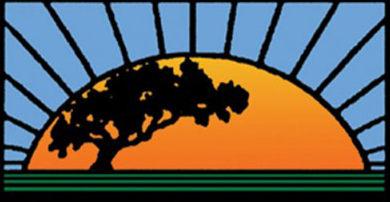
What can I spray on weeds now ( November 5,2020) with mid-50s temps.? Want to clean up my hosta beds for Winter but weeds have spread .
Controlling existing weeds in landscape beds is possible by using herbicides such as Roundup, Image, or other products that target either grassy or broadleaf weeds specifically. When using any herbicide always follow label directions carefully to avoid injury to desirable plants. Roundup is a non-selective herbicide that will kill or damage any green plant material it contacts so great care should be used to protect desirable plants. Image can be used safely over the top of desirable plants as listed on the Image label. Hostas are listed as a tolerant plant species .
To prevent future weed invasion in landscape beds pre-emergent herbicides can be used safely. As mentioned earlier, always follow label directions to avoid injury to desirable plants. Products such as Snapshot TG will control both grassy and broadleaf weeds, and when used correctly will greatly reduce future weed invasion in landscape beds.
I have a large garnet gravel plaza. Very hard to keep weeds out . Can’t weed eat or mow.
What can I use to kill all weeds ?
Roundup is the best choice to kill the weeds. It will take some time for the weeds to die and degenerate at this time of year due to the cool temps. At the same time apply a pre-emergent herbicide to keep future weed seeds from germinating. The pre-emergent herbicide should be used regularly per the label to help control future weeds.
We have weeds now in our grass. Can we use pre emergent and post emergent at the same time?
Right now is the best time to apply the pre-emergent. Post-emergents work best and the quickest in warmer temps so apply post-emergents when the temps get into the 50-60 degree area. Yes you can apply both at the same time.
Iyad-Awadallah: Detailed, well written article. Explains the difference between post, and pre-emergent herbicides. Product recommendations are quality products, proven to work when used as directed.
Thank you for reading the article and giving your comments.
How are you?I did my pre-emergent in February,and I still hv some weeds.i just did my weed and feed Tuesday of this week.Today is Thursday I’m watering it in now.do I apply a liquid post emergent in a couple weeks, should I spot spray or fertilizer?
For now give your weed and feed a chance to work. The weed killing aspect of the product needs more time to work. With these cool temperatures the weed killer will take longer to work its way through the weeds. Wait about 3 more weeks and whatever weeds are left can be spot sprayed to eliminate.